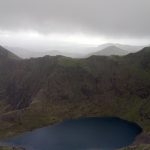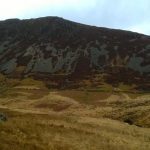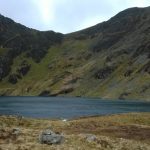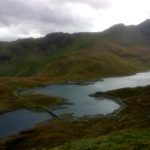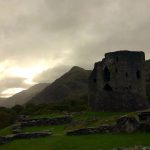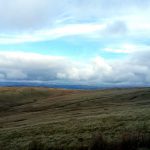Description
Hiking tours (in 2014-2017) in the national parks Snowdonia (and Brecon Beacons) and ascending the highest peak in Wales, Mt. Snowdon (or Yr Wyddfa, 1085 meters AMSL).
Photos
Map
Notes
It is very windy and rainy all year round, so good clothing is mandatory.
